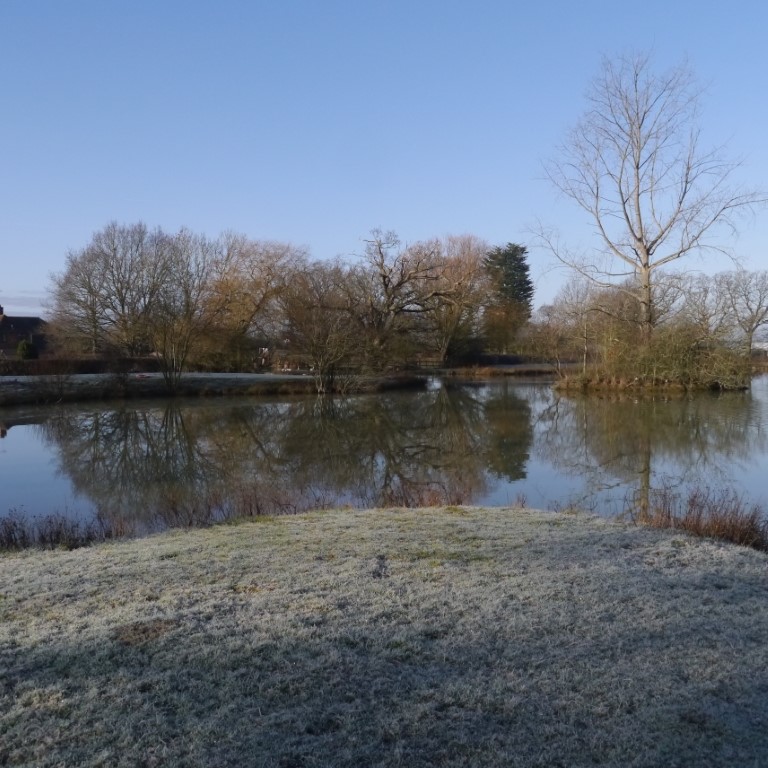
Total monthly rainfall was 96.5 mm with a maximum daily rainfall of 10.5 mm on the 4th of January.
During the month recordable rain fell on 20 days, and there were 17 days with full cloud cover. This had a beneficial effect on our pond-levels, and gives us a chance of full ponds by springtime.
https://kentfieldclub.org.uk/index.php?view=article&catid=23%3Alittle-barton-farm-wildlife-notes-&id=87%3Ajanuary-2018&tmpl=component&print=1&layout=default&page=&option=com_content&Itemid=22#sigProId48b734e35b
Daytime temperature reached a maximum: of 13° C on the 4th and 30th. A minimum temperature of 5° C was recorded on the 8th and 21st.. The month was mild with overnight frosts only on the 19th, 27th, and 30th. Three storms hit us during the month, and all brought down tree branches, especially in the wood. Two of them, named by the UK, were Storm Eleanor, overnight into the 3rd, and Georgina, approaching mid-day on the 24th. Both reportedly produced winds in the south-east up to 60 mph. The most destructive for us was the storm, belatedly named David, overnight into the18th, which brought down 36 medium and large-sized branches around the perimeter of the wood, many of them lodged in oak trees which had previously suffered damage during the hurricane of October 15th 1987.
With January forming part of the dormant season for flora and fauna, wild birds formed most of the first sightings for the year so far. Altogether we saw 36 species during the month, 28 of which were on January 1st. The flock of 17 canada geese, which had regularly visited our lake during December 2017, dropped off a pair on January 12th, probably to nest on an island. On the 16th two buzzards circling high above the field adjacent to the wood, were “dive-bombed” by three determined crows protecting their own territory. Much to our surprise, the buzzards moved on. Three days later we were alerted to a raucous riot in the woodland treetops as a murder of crows, nowadays called a flock, and about 20 in number, perched unsteadily among the tree-tops, desperately flapping outstretched wings to maintain some semblance of dignity and balance. Finally, on the 29th, we heard a lesser-spotted woodpecker drilling into a woodland tree, having previously seen both the great-spotted and green woodpeckers on January 1st.
Other sightings involved flowering species including the red deadnettle on the 1st (still in bloom from 2017); a gorse bush in flower from the 5th, and some white deadnettle from the 7th; common daisies on the 14th, and first snowdrops on the 25th.
There were no butterflies seen during the month, but we were fortunate to see a winter moth by torchlight, close to our woodland at dusk on the 2nd (a survivor from December 2017). On the 14th we saw a spring usher moth resting on the trunk of a hornbeam at the woodland edge, while on the 25th, a pale brindled beauty moth, disturbed by us as we walked, came to rest on the woodland floor.
We made only two further observations during the month. Hazel catkins, which had been slowly developing for at least two weeks, reached a mature stage by the 10th, and the badger latrines became obviously active on January 23rd.
Bird first-sightings at Little Barton Farm, Bethersden, TN26 3JS during 2018.
Bird records; numbers are the highest seen during the month
| 1 to 3 at a time | 4 to 10 | 11 or over |
|---|---|---|
|
Coal tit (1st ) |
Blue tit (1st) |
Wood pigeon (1st) |
